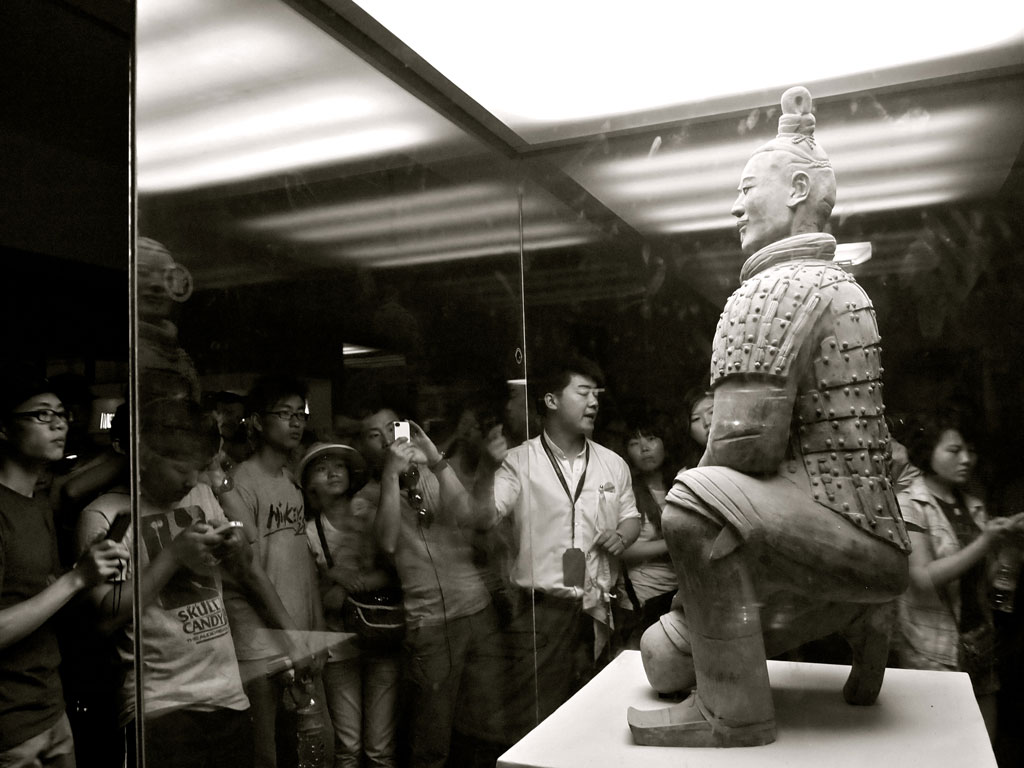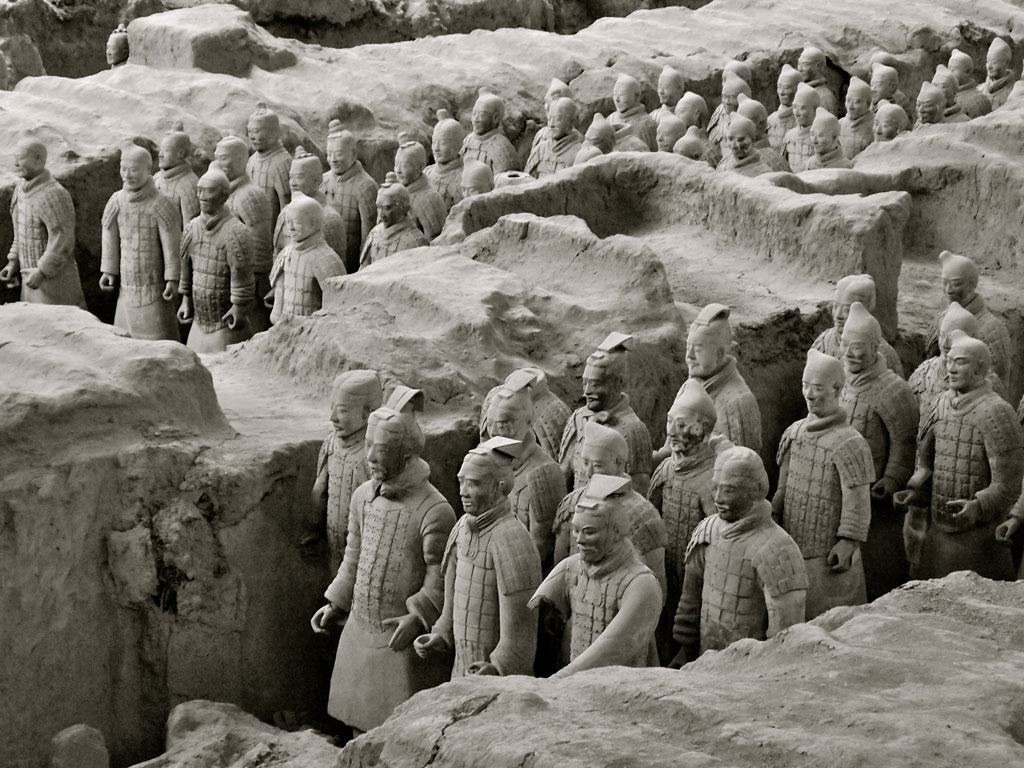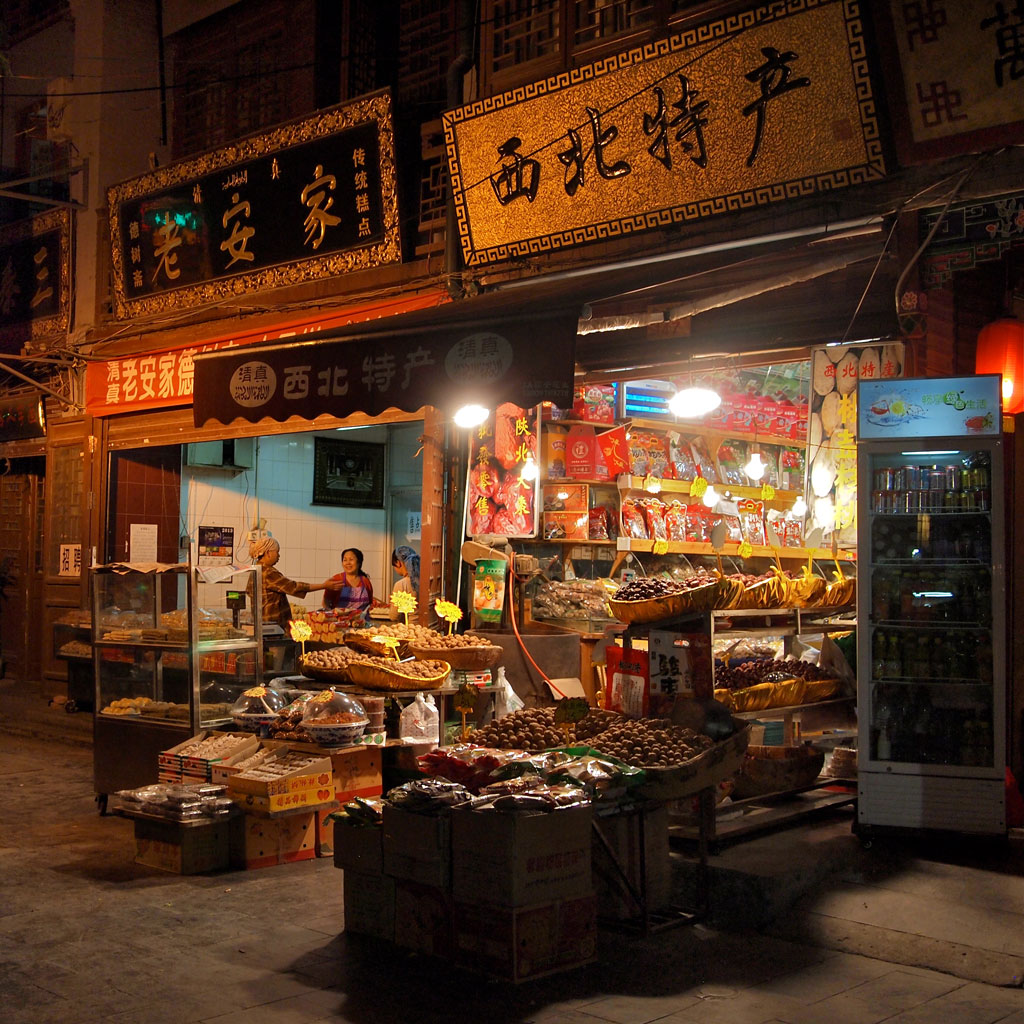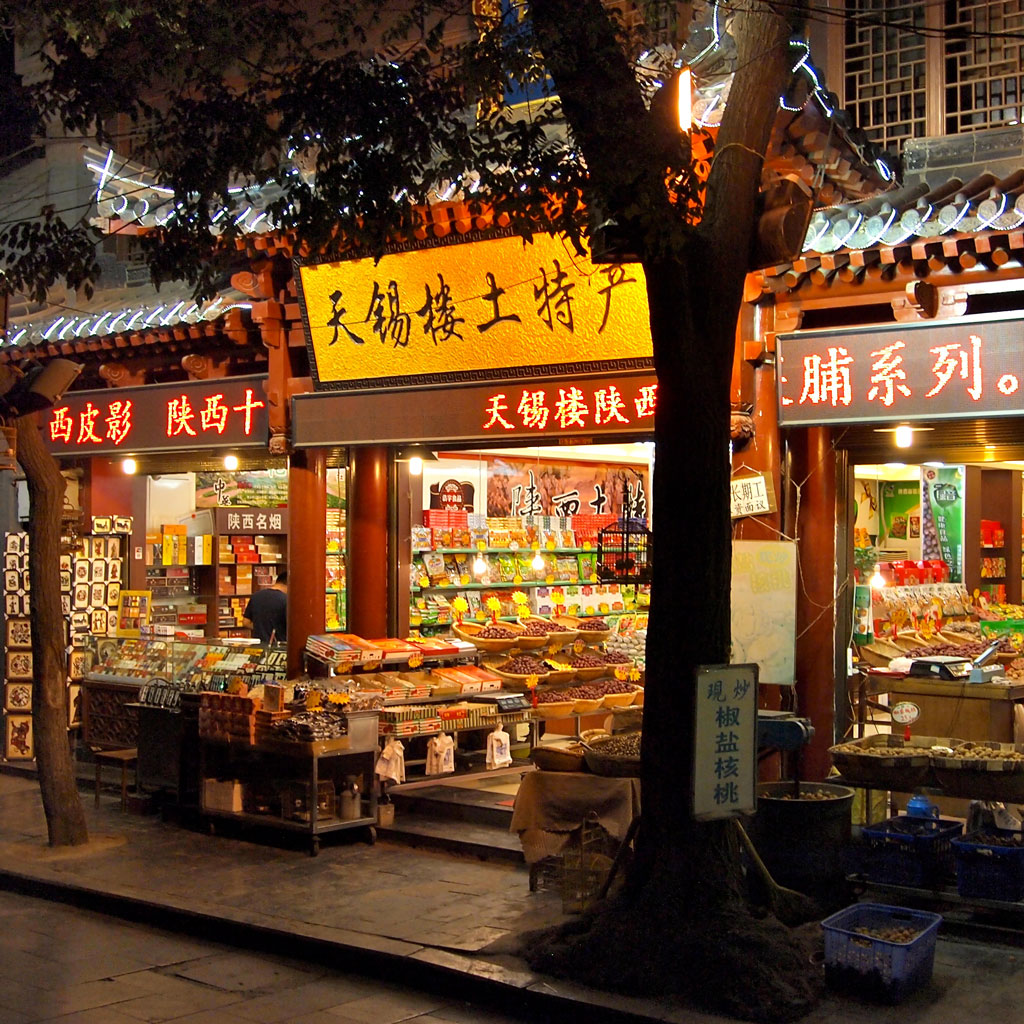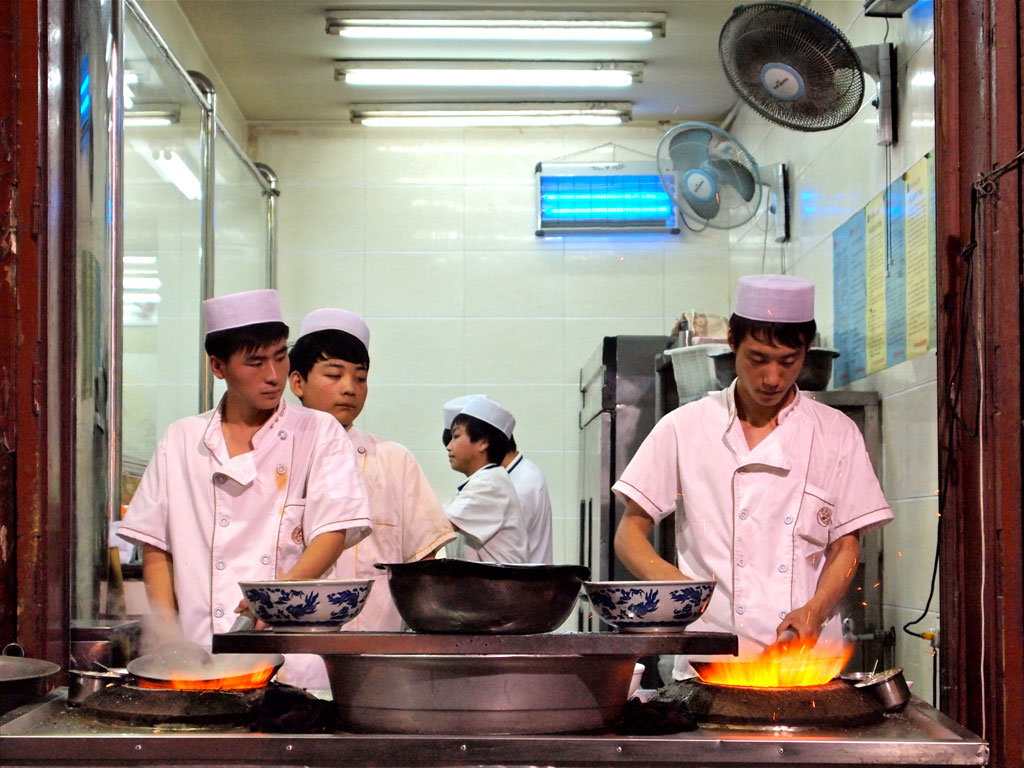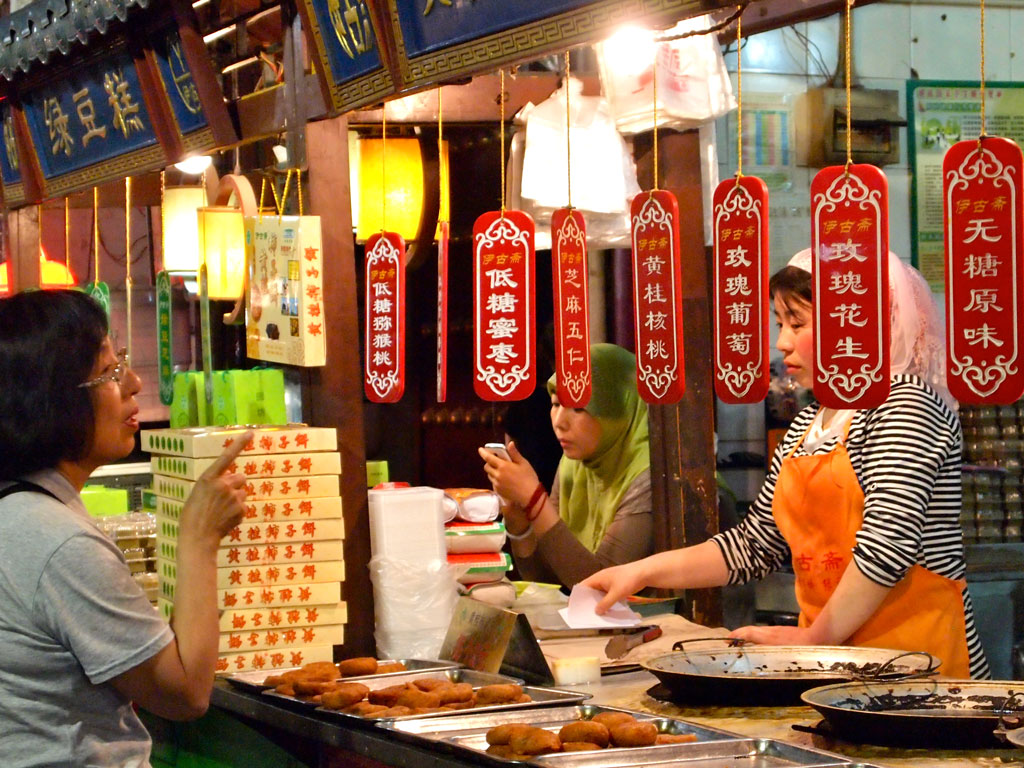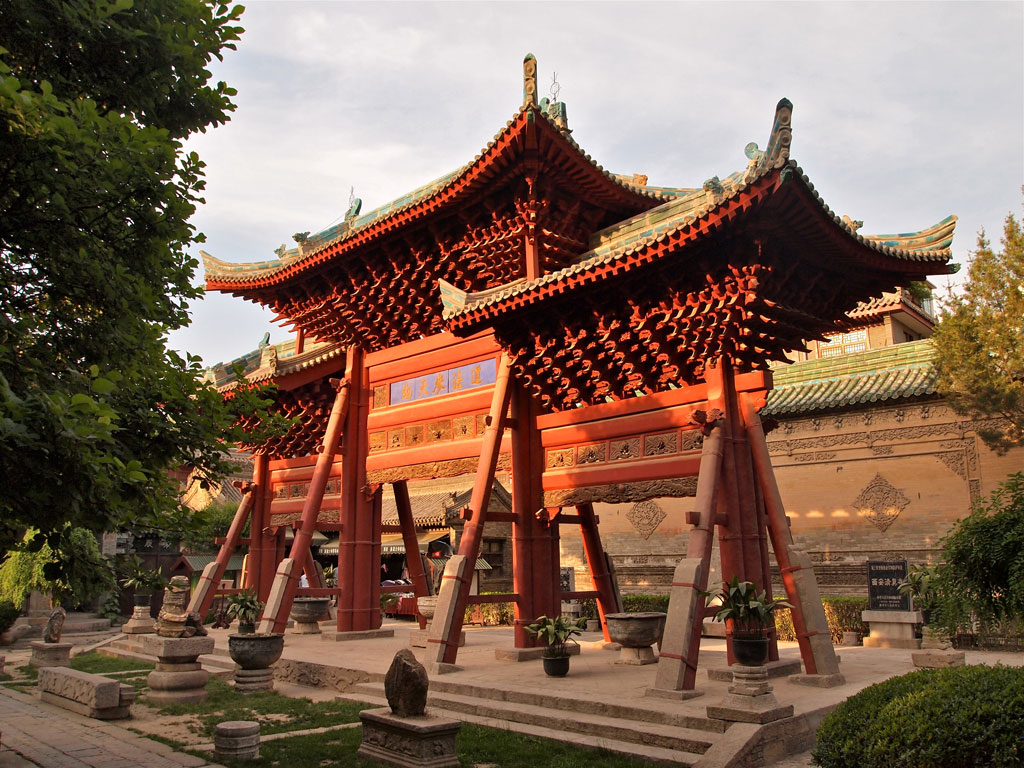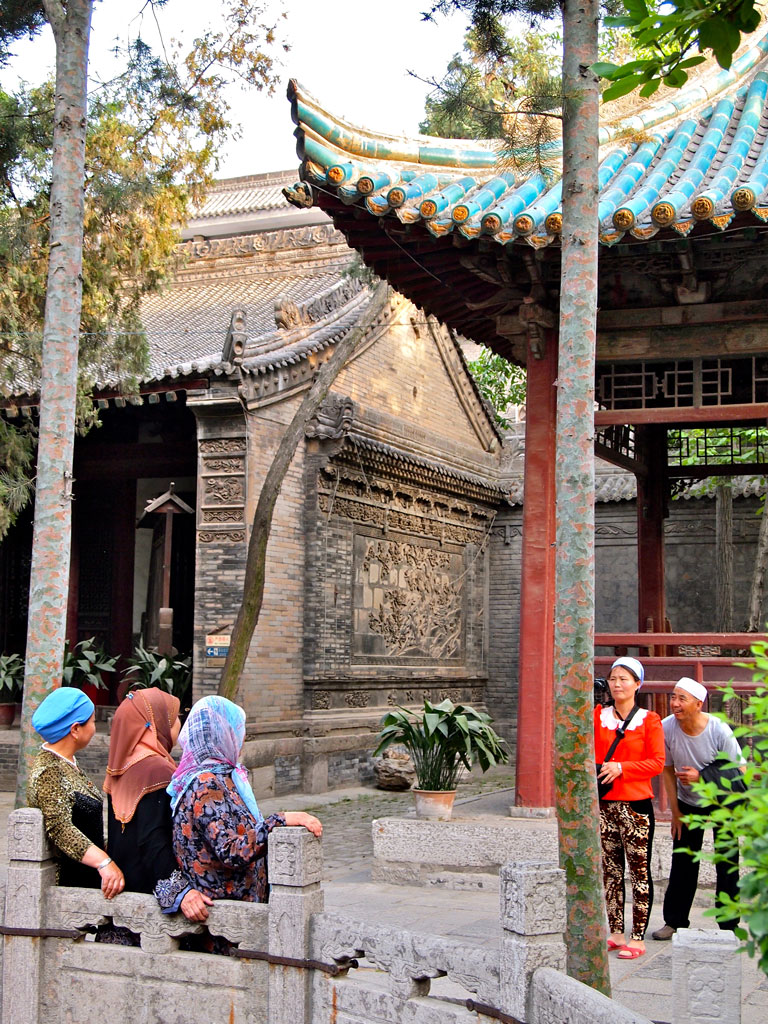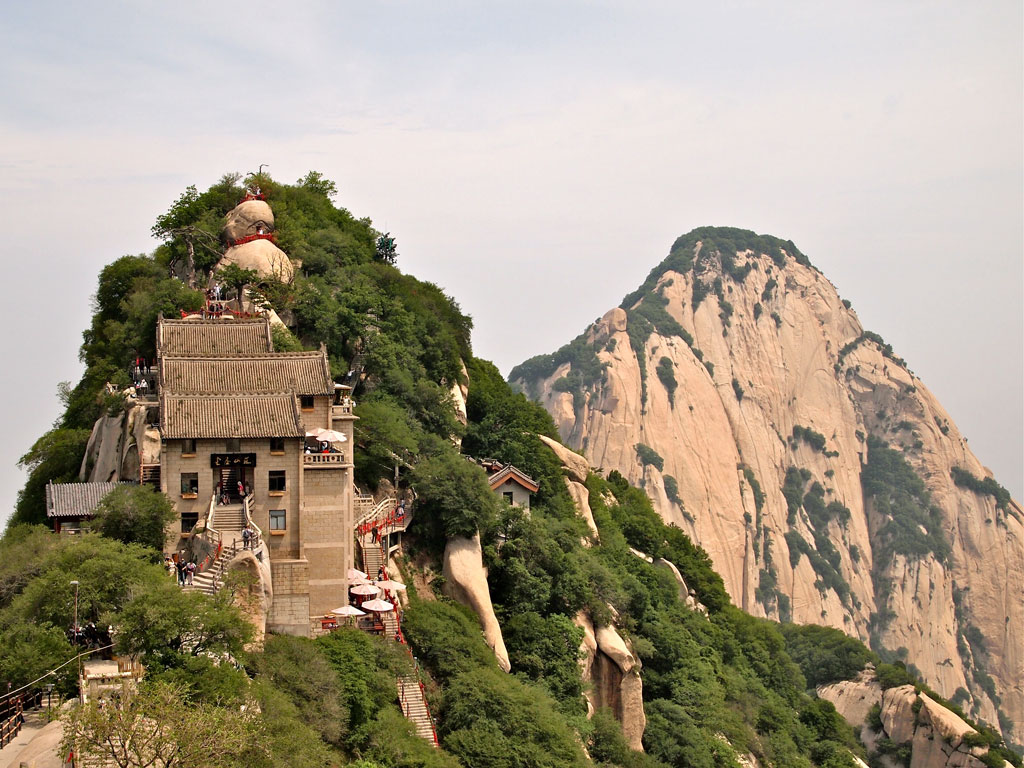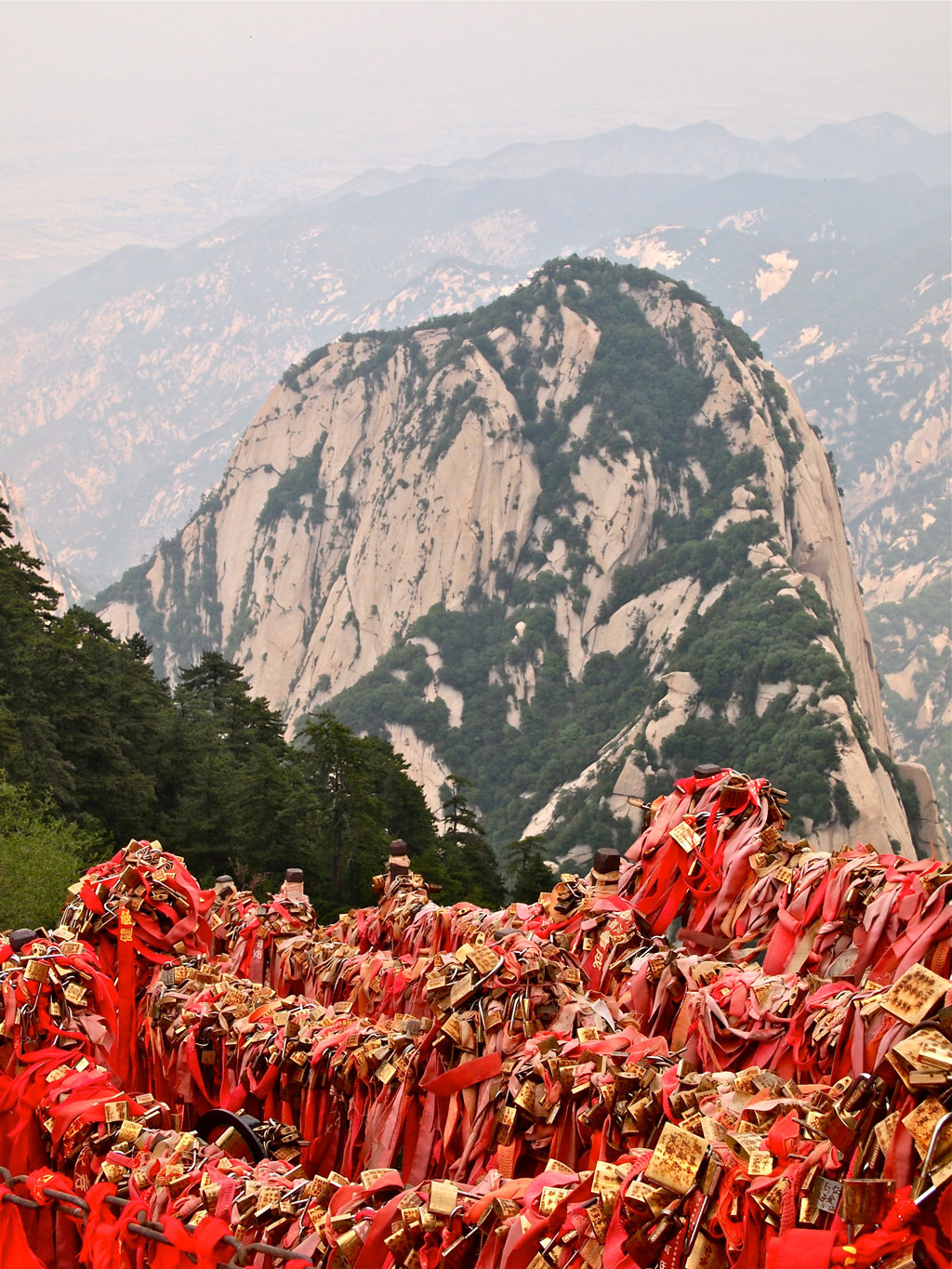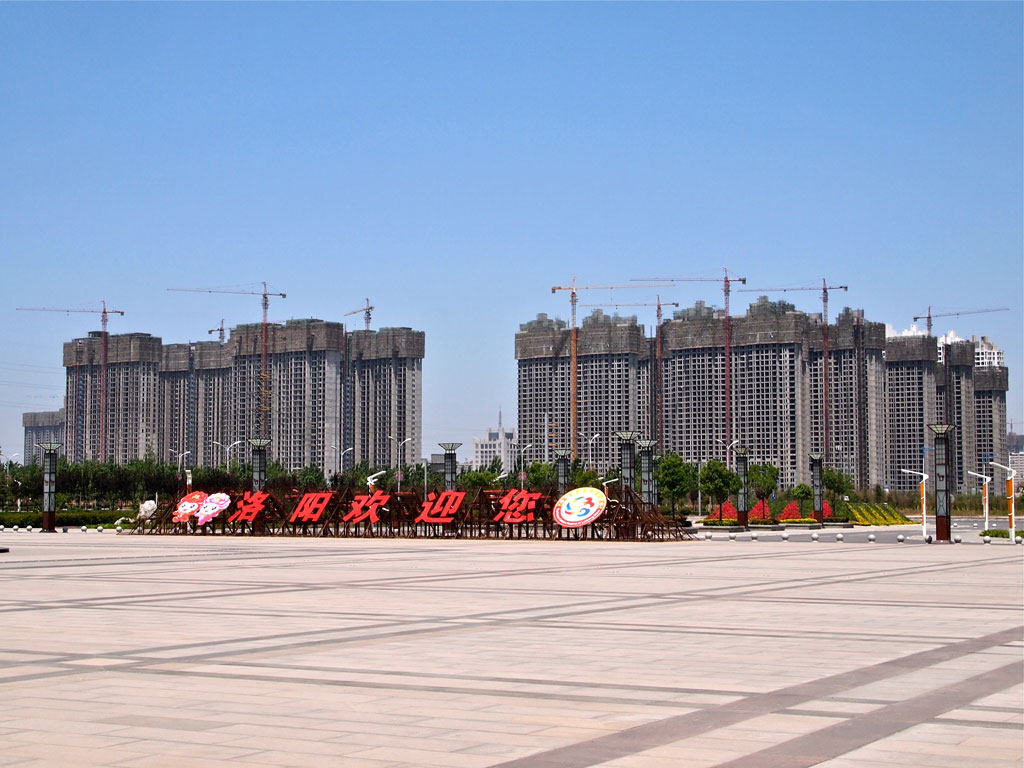XI’AN
Visitors mostly come to Xi’an to see the Terracotta warrior army of the first Emperor of China, who had them buried in his tomb around 210 BC to protect him in the afterlife. They were forgotten for centuries, only to be rediscovered in 1974 by local farmers. Today, the main pit (over 200 meters long) displays lines of excavated and renovated soldiers. The sheer size of the army is impressive to behold, but it is also possible to get closer to a few of the best-preserved models, displayed in giant glass cases.
The city of Xi’an itself is also worth a visit. Especially its Muslim Quarter where one can taste lots of different street foods and wander around the many stalls and shops. At night, the market becomes an enchanting place with all its agitation and bright lights.
Preserved from the frenzy of the surrounding streets, the Great Mosque is a 12,000 square-meter structure right in the middle of the Muslim Quarter. It was built in the 8th century by the early Ming dynasty and perfectly combines classic Chinese and Muslim architectures. I was lucky to visit near the end of the day, when it was relatively empty and peaceful. Only a few other tourists were there, taking pictures.
Located about 120 km east of Xi’an, Mount Hua definitely makes for an interesting day-trip for its cultural significance and abrupt landscape. It consists of 5 peaks (the highest one being at 2,155 meters) and is dotted with Taoist temples on its slopes connected by rock-cut stairways. It mainly attracts Chinese tourists eager to climb the mountain and hang lucky red ribbons printed with their wishes of good fortune and health.
In Luoyang, located on the way to Xi’an from Shanghai, a massive sinister-looking apartment complex was under construction right outside of the train station. Unfortunately, I didn’t have the time to visit the old city of Luoyang, but it’s regrettable that many traditional areas in China have been destroyed in favor of such humdrum buildings.

